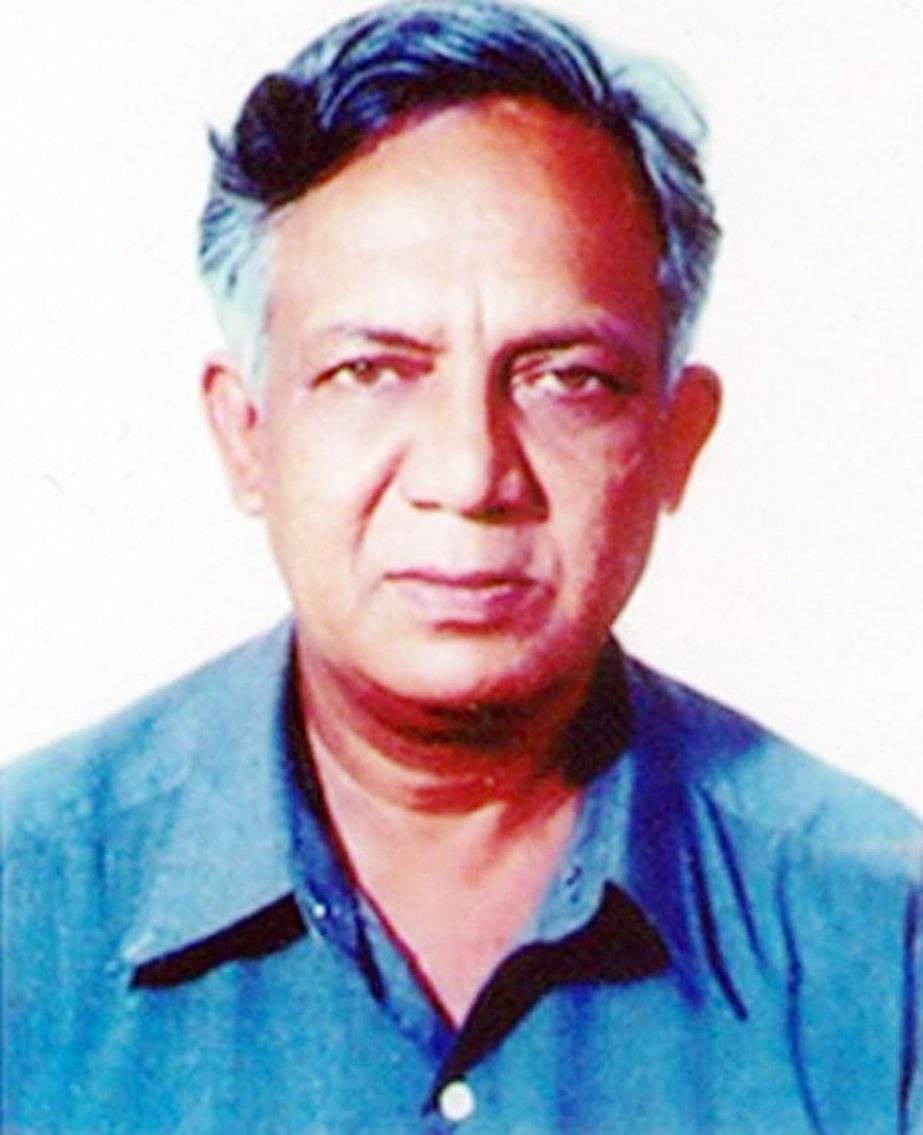
Jehangir Hussain :
In Bangladesh, renewable energy, usually biogas, hydro power, solar and wind would reduce greenhouse gas emissions; generate additional electricity and employment besides saving many lives and over Tk 420 billion.
The long term average sunshine data indicates that the period of bright sunshine hours in the coastal regions of Bangladesh varies from three to 11 hours daily. The insulation in Bangladesh varies from 3.8 kWh/m2 per day to 6.4 kWh/m2 per day at an average of 5 kWh/m2/ per day, indicating that there are good potentials for solar thermal and photovoltaic application in the country.
As an estimated 40 per cent of the country’s population has no access to electricity, the government introduced a scheme known as solar home systems to provide electricity to households with no access to the power grid. Under the programme 30 households got solar power until 2014, with over 50,000 systems added per month since 2009.
The World Bank called it “the world’s fastest growing solar home system program.
Bangladeshi intends to ensure electricity access to 60 lakh households by 2017 and universal electricity access by 2021 under the solar home system.
The long term wind flow, especially in the islands and the southern coastal belt of Bangladesh indicate that the average wind speed remains between three and 4.5 miles from March to September and 1.7 to 2.3 during the rest of the year. There is a good potential in the island and coastal areas of the country for using wind mills for wind power generation.
But during the summer and monsoon, March to October there could be very low pressure areas and storm wind speeds ranging between 200 to 300 km per hour, requiring strong wind turbines that can withstand these high winds. The tides in the coastal belt of Chittagong Division are predominantly semidiurnal with a large variation in range corresponding to the seasons, the maximum occurring during the south-west monsoon.
In 1984, an attempt was made by mechanical engineering department of Khula University of Engineering and Technology (KUT) to find out the feasibility of tidal energy in the country’s coastal belt, especially at Cox’s Bazaar and the Maheshkhali and Kutubdia islands.
The average tidal range of four to five meters was found with the amplitude of the spring tide exceeding to six meters, showing a number of suitable sites at Cox’s Bazaar, Maheshkhali, Kutubdia and a few other places where permanent wind turbines could be established with pumping arrangements might be established.
Bangladesh has favourable conditions for wave energy, especially during late March to early October for which the waves generated in the Bay of Bengal by southwestern wind. The country also plans to take waste management and electricity generation from solid wastes in order to save the large cities from environmental pollution. Bangladesh mainly uses floating dome and fixed dome biogas plans and rarely bag type plants.
Geothermal potential of Bangladesh is yet to be determined and studies done by geologists suggested possible geothermal resources in the northwest and southeast regions. In the northwest region, the studies were done in Singra-Kuchma-Bogra area, Barapukuria coal basin area, and the Madhyapara hard rock mine area – with temperature gradient above 30 °C/km and bottom hole temperature in excess of 100 °C- meet the requirements of binary cycle power plants. More studies are needed for exploiting the resource in a viable, feasible and economically profitable way.
In 2011, Anglo MGH Energy, a Dhaka-based private company announced the construction of 200 MW geothermal plant, first ever of such kind, in Thakurgaon district.
But for reasons not known, the project never took off.
According to a report of the Low Emission Development Strategies Global Partnership (LEDS GP) prepared on the basis of detailed modelling analysis, Bangladesh by boosting clean energy generation mix could get the following cumulative results by 2030:
(a) reduce greenhouse gas emissions by up to 20 per cent, (b) generate domestic employment to at least 55,000 full-time jobs, (c) potential to produce additional electricity of 83 PV and gigawatt ( GW ) of electricity potential from solar sources. US$5 billion PV or Photovoltaics is the conversion of light into electricity using semi-conducting materials that exhibit the photovoltaic effect, a phenomenon studied in physics, photochemistry, and electrochemistry. The photovoltaic effect is commercially utilized for electricity generation, (d) save up to 27,000 lives and over Tk 420 billion.
In Bangladesh, the first biogas plant was set up by Dr. M A Karim, a professor of Bangladesh Agricultural University (BAU), Mymensingh, in the University campus in 1972.
It was a floating dome type plant of 3m3 gas production capacity. Subsequently, seeing the success of the plant, 4-5 more plants were constructed in the surroundings. These plants did not last long due to leakage in the domes.
In 1974, the Bangladesh Academy for Rural Development (BARD) at Kotbari, Comilla, made a biogas plant of the same design. The Institute of Fuel Research and Development (IFRD) made another plant on the campus of the Bangladesh Council of Scientific and Industrial Research (BCSIR) in 1976, followed by a plant at the KBM College in Dinajpur in 1980.
As the costs of production were high and no subsidies were available, the technology did not attract common people. In 1981, the government established a department named Environment Pollution Control Department (EPCD), which started a programme at a cost of Tk. 34 lakh under which 150 floating-dome and 110 fixed-dome plants were installed until 1984.
The floating-dome plants initially worked successfully, but did not last long due to lack of after-sale service and leakage in the gasholder. The fixed dome plants did not work even for a day due to faults in its design. This created a negative impact on common folks as well as the policy makers.
(Jehangir Hussain is a senior journalist. Email: [email protected])

